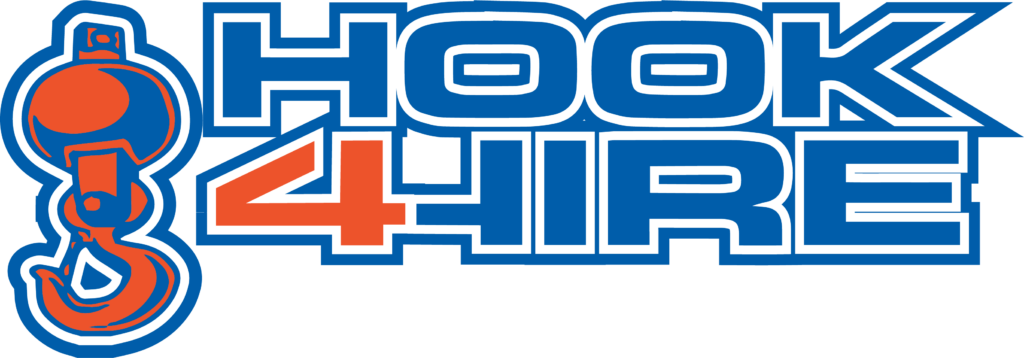Many pieces of rigging equipment are used to lift goods and make hauling weights possible during building jobs. Rigging is a vital part of a good crane operation, and it should always be done by a professional, so be sure you have the correct equipment for your job.
Understanding Rigging Hardware
Rigging hardware refers to the many pieces of equipment used to lift and transfer loads in a crane system safely. It also covers the instruments required to disperse the load’s weight when lifting uniformly. Crane rigging equipment comes in various shapes and sizes and can be used for construction and event management.
Types of Crane Rigging Hardware You Should Know
There are various types of crane rigging equipment, including the following:
Eyebolts and Steel Nuts for Looping Cables
Eyebolts are used in rigging systems as anchor points or for looping cables. Shouldered and non-shouldered bolts, often known as straight bolts, are the two varieties of eye bolts. Shouldered eye bolts are used in a vertical rig arrangement, whereas non-shouldered eye bolts are utilized when loading at an angle.
Eyebolts are used in conjunction with stainless steel nuts. Wing nuts, dome nuts, ball ends, and hex nuts are some of the nuts useful in rigging. The thread, which might be right-hand or left-hand, also influences the type of nuts used. The entire weight of the load will determine the size of the steel nut used.
Rigging Hooks for Lifting Heavy Objects
The purpose of rigging hooks is to raise big things without sliding. Typically, they consist of forged alloy steel.
The rigging hooks are chosen based on their weight load indication and hook opening size, also known as the throat, depending on the items transported. The diameters of the hook openings range from 5/8 inch to 1 17/32 inch.
Durable Wire Ropes
Wire rope is a rigging cable that is highly resilient and resistant. It comes in a variety of sizes and combinations and is constructed from a variety of materials. Wire rope is formed out of a core surrounded by wires and strands wrapped in a spiral pattern.
Other rigging accessories such as clips, thimbles, sleeves, stops, and slings are commonly used with wire ropes. Although wire rope is designed for outdoor usage, it still has to be examined for wear, corrosion, and broken wires regularly.
Pulleys and Blocks to Lift without Excessive Force
Lifting heavy objects often necessitates the use of pulleys and blocks. They assist in the movement of heavy things without using excessive power. The rope you’re using, the frame type, and the sheave size influence your choice of pulley.
Spreader Bars to Connect the Load to the Crane
The crane and the cargo are connected by lifting beams and spreader bars, also known as spreader beams. The critical distinction is that lifting beams carry the entire load from a single place, whereas spreader beams distribute the load across a larger region.
Lifting beams transport lighter or weaker weights that require more support. Spreader bars distribute the load across many connecting points, making carrying loads more manageable and stable.
Conclusion
Because rigging entails transporting huge items, it must be done as safely as possible to avoid accidents. Knowing the distinction between the different types of rigging equipment is best to find the rigging equipment rental that suits your needs best.
Are you looking for rigging equipment rental in Owensboro? Hook4Hire has efficient and top-quality cranes for all your rigging and industrial needs. Give us a call to learn more!
